U.S. clam insurance program yields valuable perspectives
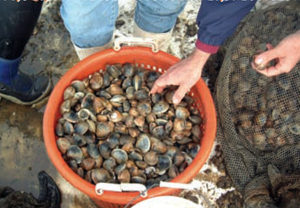
While aquaculture has grown rapidly in recent years, an important issue that potentially affects the continued success of the sector is the ability of producers to manage risk. Aquaculture producers face a number of risks that can substantially affect the quantity and quality of their output, but have limited risk management tools at their disposal compared with other agricultural producers
One important mechanism that aids in managing risks associated with agricultural production is crop insurance. However, there have historically been few private insurance products for aquaculture in the United States. Only one federal crop insurance program for an aquaculture product, the Cultivated Clam Pilot Insurance Program, has been implemented to date.
A key reason for the limited availability of aquaculture insurance is the unique set of challenges associated with implementing crop insurance programs in aquatic settings. Experience with the clam program offers insights for the potential design of additional aquaculture insurance products.
Risk reduction
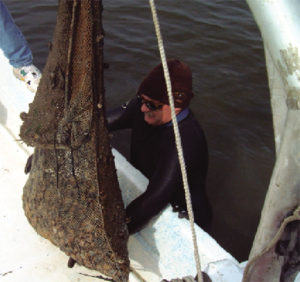
Aquaculture producers can take a variety of actions to reduce potential income losses due to severe weather, disease, predation and other events, including following best management practices, diversification and self-insurance. Following recommended best practices for loss control can reduce the probability of loss as well as the magnitude of loss events.
Aquaculture producers can diversify their risks by producing multiple species, producing in multiple locations and vertical integration into the nursery and/or hatchery phases of production, as well as wholesale or retail business. Off-farm income can also help. In addition, producers can potentially self-insure through retaining earnings from years without major loss events to smooth income in years when there are losses.
Many producers may wish to further reduce their risks through insurance markets. Essentially, insured producers choose to incur a small certain loss (insurance premium) to provide protection against the potentially devastating impacts of a major loss event.
Challenges
Although private aquaculture insurance has been available in the U.S. for years, its availability has been limited. For an insurance product to conform to standard insurance principles, several key conditions are required, including losses that are determinable, measurable, accidental and sufficiently uncorrelated to allow risk pooling, as well as sufficient information to classify producers into risk categories and establish accurate premium rates. In addition, the premiums must be economically feasible for producers.
Aquaculture presents a number of challenges to designing insurance products that conform to these principles. The risks aquaculture producers face are very complicated and less understood than those facing more traditional agricultural crops and livestock. In addition, the monitoring of live aquaculture product inventory and size distribution is typically more complex than for nonaquaculture crops because the stock is under water. This leads to measurement issues both in determining the inventory to be insured and verifying the cause and extent of loss when an insurance claim is filed.
Cultivated clam pilot program
The challenges of developing feasible insurance programs that provide acceptable actuarial performance are one reason only one federal crop insurance program for an aquaculture product has been implemented in the U.S. to date. The Cultivated Clam Pilot Insurance Program was instituted with the 2000 crop year, but remains in pilot status through at least the 2009 crop.
Program development and experience have raised issues with measurability, monitoring and determination of cause of loss and led to significant program changes. In addition, vulnerability to both insured and uninsured mortality risks facing the clam crop vary by size and age, which is an important consideration for program design. Thus, pilot status was extended following evaluations in both 2004 and 2007 to enable continued assessment of program effectiveness.
The clam insurance program currently covers hard clams grown in 13 counties within the U.S. states of Florida, Massachusetts, South Carolina and Virginia. The clams are at least 10 mm in size – the typical size at which clams are transferred from onshore nurseries to nearshore ocean bottoms for grow-out – and meet restrictions on maximum planting density, time since initial planting and other requirements.
The program covers clam growers against losses due to oxygen depletion, diseases, freezes, hurricanes, decreases in salinity, tidal waves and storm surges. Losses due to causes such as inability to market, vandalism, pollution and predation are not covered because they are considered more dependent on producer management and/or involve third parties that may be held liable. Depending on location, normal mortality of 30-40 percent is assumed during grow-out and is not insurable.
Program experience
Table 1 summarizes the insurance history for the Cultivated Crop Pilot Insurance Program since implementation. The policy numbers include catastrophic coverage where premiums are paid by the government. Policies can at the growers’ option have multiple units based on differences in practice, growing location and/or stage. Liability is the total value of insurance in force.
Beach, Cultivated Crop Pilot Insurance Program, Table 1
| Year | Policies Earning Premiums | Policies With Paid Claims | Units Earning Premiums | Units With Paid Claims | Liability (U.S. $) | Total Premiums Paid (U.S. $) | Total Claims (U.S. $) | Loss Ratio |
|---|
Year | Policies Earning Premiums | Policies With Paid Claims | Units Earning Premiums | Units With Paid Claims | Liability (U.S. $) | Total Premiums Paid (U.S. $) | Total Claims (U.S. $) | Loss Ratio |
|---|---|---|---|---|---|---|---|---|
| 2000 | 335 | 91 | 415 | 101 | $36,120,805 | $1,125,781 | $2,069,575 | 1.838 |
| 2001 | 378 | 112 | 566 | 119 | $41,215,268 | $1,400,606 | $2,880,698 | 2.057 |
| 2002 | 477 | 134 | 794 | 155 | $59,952,613 | $2,880,703 | $4,019,248 | 1.843 |
| 2003 | 419 | 95 | 706 | 106 | $51,177,323 | $1,860,398 | $2,774,520 | 1.491 |
| 2004 | 297 | 112 | 555 | 131 | $27,701,342 | $969,181 | $2,182,402 | 2.252 |
| 2005 | 206 | 17 | 332 | 19 | $18,308,517 | $627,021 | $624,453 | 0.996 |
| 2006 | 167 | 15 | 185 | 16 | $26,119,310 | $929,482 | $620,683 | 0.668 |
| 2007 | 148 | 14 | 173 | 14 | $26,946,510 | $989,497 | $341,156 | 0.345 |
| Total | 2,427 | 590 | 3,726 | 661 | $287,541,688 | $10,082,669 | $15,512,735 | 1.539 |
The loss ratio is a common measure of actuarial soundness calculated as total claims divided by total premiums. Generally, government crop insurance programs aim to have loss ratios close to 1, which reflects paying out about as much in claims as is received in premiums.
Patterns in participation and loss experience over time illustrate some of the tradeoffs in the program design. Over the first four years, loss ratios were relatively high. In response, modifications were made with the 2004 crop year, including requiring more frequent inventory reporting in Florida and South Carolina, warm-weather states where clams can be planted and harvested year-round, to better track the number of clams planted at a given time.
Nursery clam coverage was eliminated in Florida because it was found to be too risky and difficult to monitor. Policy language was added to require identification of the specific events responsible for claimed losses and marine authority confirmation. Prices paid for losses to early-stage clams were reduced, and premium rates were increased in areas that experienced high loss ratios.
As a result, the loss ratios declined substantially in 2005-2007 following an increase in 2004 due to an unusual number of severe weather events. However, the changes to the program to improve actuarial soundness increased the paperwork burden and premium rates for producers while reducing the likelihood of indemnities. This has led to a large reduction in participation, particularly in Florida, which was the state most impacted by the policy modifications.
Implications
Aquaculture insurance is a potentially valuable tool for risk management that could increase financial stability and access to capital. However, a number of barriers to the development of insurance products in this sector need to be overcome.
Experience with the federal clam insurance program highlights the importance of program design for product performance as well as the value of making adjustments over time as needed. Key design issues include covering only measurable losses from specific, well-defined causes of loss where the probability of loss and distribution of losses can be calculated with some confidence, and producer management behavior can be monitored.
It is very important to assess producer willingness to pay for policy provisions at each coverage level to determine the expected program participation. Provisions must be carefully selected to balance producer participation and actuarial performance for programs to be sustainable.
(Editor’s Note: This article was originally published in the March/April 2008 print edition of the Global Aquaculture Advocate.)
Now that you've reached the end of the article ...
… please consider supporting GSA’s mission to advance responsible seafood practices through education, advocacy and third-party assurances. The Advocate aims to document the evolution of responsible seafood practices and share the expansive knowledge of our vast network of contributors.
By becoming a Global Seafood Alliance member, you’re ensuring that all of the pre-competitive work we do through member benefits, resources and events can continue. Individual membership costs just $50 a year.
Not a GSA member? Join us.
Author
-
Robert H. Beach
RTI International
3040 Cornwallis Road
P.O. Box 12194
Research Triangle Park, North Carolina 27709 USA
Tagged With
Related Posts
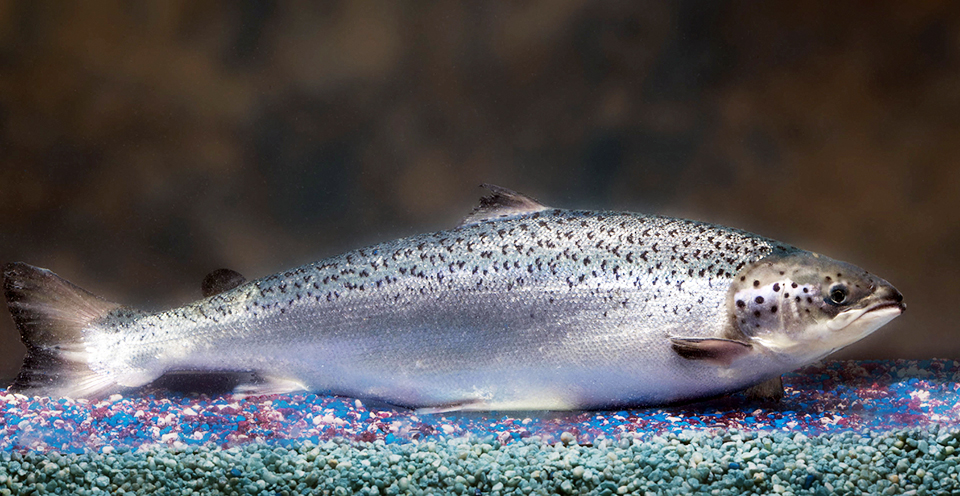
Intelligence
A brief look at genetically modified salmon
If approved by FDA, fast-growing genetically modified salmon will provide a safe and nutritious product similar to other farmed Atlantic salmon.
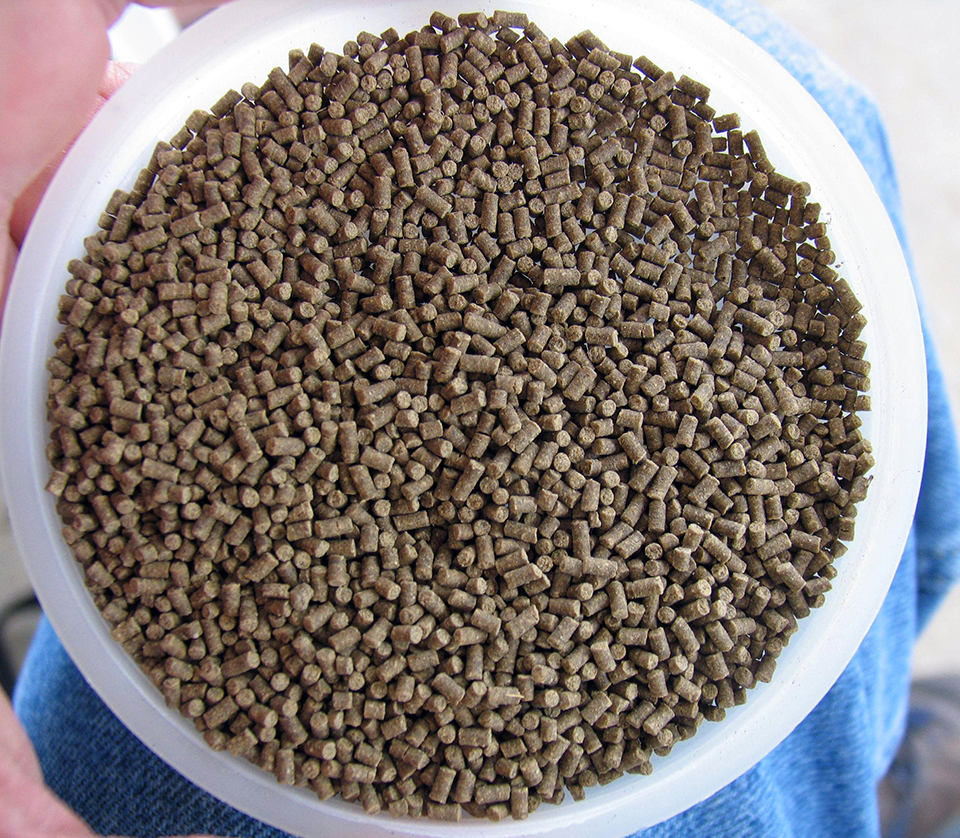
Health & Welfare
A case for better shrimp nutrition
Shrimp farm performance can often be below realistic production standards. Use proven nutrition, feeds and feeding techniques to improve profitability.

Health & Welfare
A holistic management approach to EMS
Early Mortality Syndrome has devastated farmed shrimp in Asia and Latin America. With better understanding of the pathogen and the development and improvement of novel strategies, shrimp farmers are now able to better manage the disease.
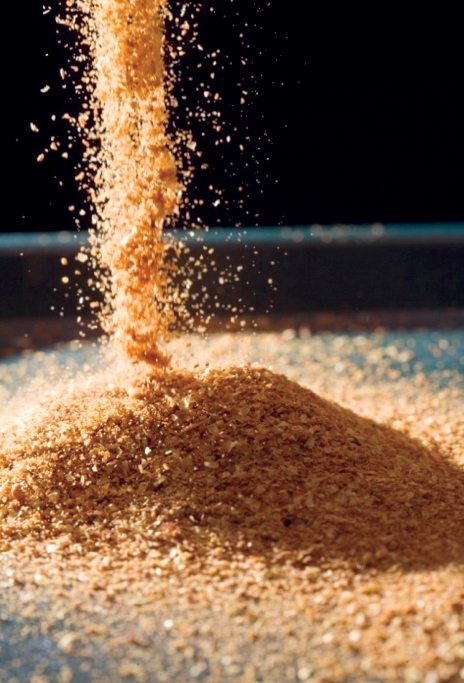
Aquafeeds
A look at corn distillers dried grains with solubles
Corn distillers dried grains with solubles are an economical source of energy, protein and digestible phosphorus to reduce feed costs and fishmeal usage.


